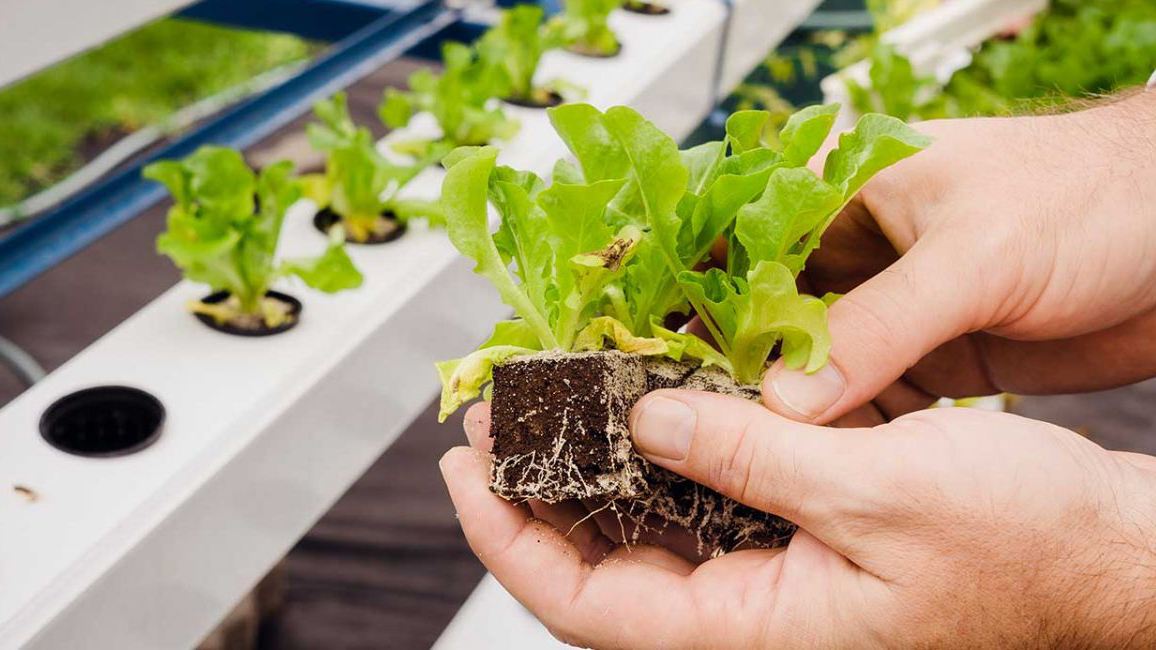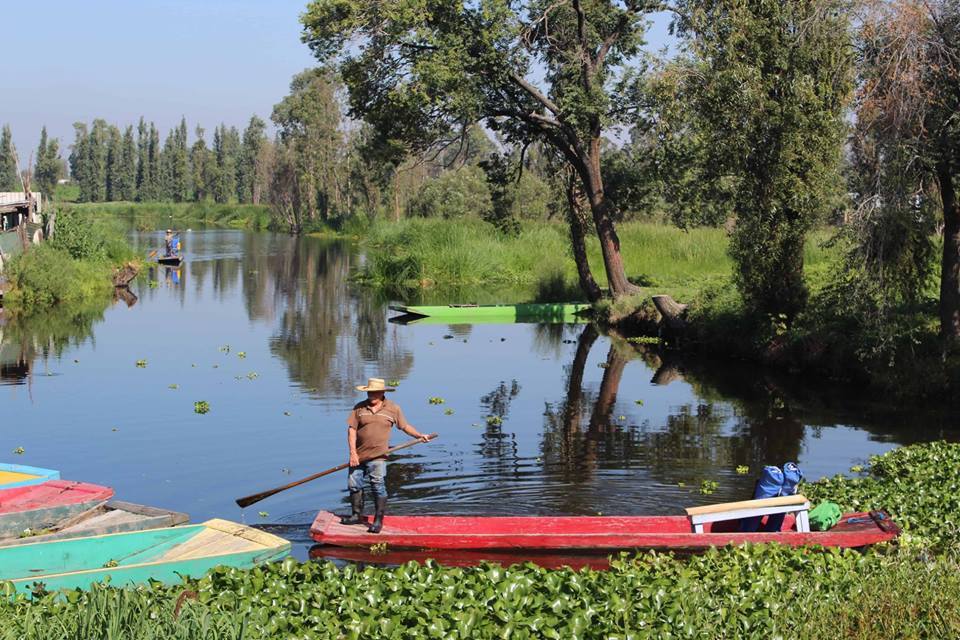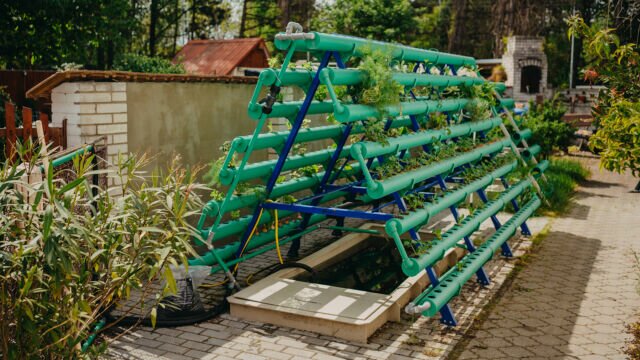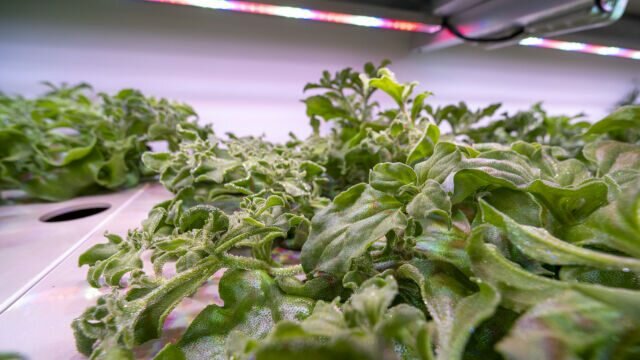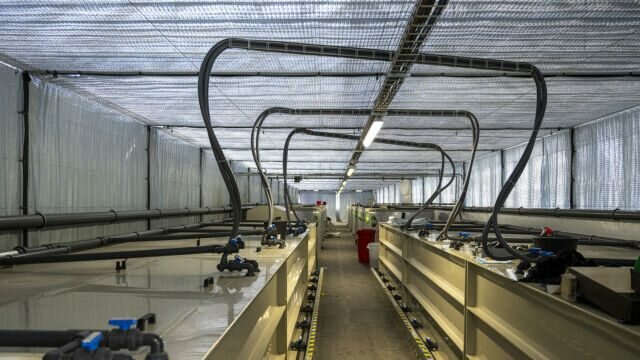It is difficult to ascertain exactly when aquaponics first came into use. What we can say is that the first pioneers were the Aztecs. Already around 1,000 AD, the Aztecs were so technologically advanced that they developed a system known as “Chinampas”. This word originated from the Aztec term “chinamitl”, which can loosely be translated as “basket/fence of stones and scapes”. Basically, they were artificial islands, which were used for other agricultural purposes.
First, wooden stakes (called piles) were driven into the bottom of the lake or flooded area. Branches, rods, stalks or reeds were then woven through the piles. This created a large wicker fence (or basket) that delimited the future island. These artificial islands were subsequently filled with organic plant matter and, most importantly, with highly fertile mud extracted from the bottom (of the lake or flooded area) between two adjacent islands. This increased the production potential of the newly formed islands and ensured that the channels between them were passable, which was very important.
From preserved sources, we know that such islands were approximately 2.5 x 30 m, which is a really large area for growing plants. The islands were formed side by side and separated by channels that were sufficiently wide enough for a canoe to pass between them. Their height was up to one metre above water level. As a result, no additional irrigation was necessary because the roots of the plants pumped water directly from the moist soil using capillary forces. The Aztecs were so clever that they planted water-loving trees along the perimeter of the islands. For example, willows (Salix bonplandiana) and yews (Taxodium mucronatum), the huge root systems of which prevented soil erosion (by water or wind). These also provided shade and protection to the growing plants from strong sunlight. Thanks to this sophisticated system, the Aztecs ensured the production of corn, beans, tomatoes and other plants.
Although these Aztec systems were of a very high standard, aquaponics is very likely to have originated in China. The primary source of food for the Chinese is rice, which has been grown in paddy fields since around 11,000 BC (i.e. much earlier than the technology could have been known to Aztecs). It is not surprising that the Chinese wanted to improve their production system; hence, they experimented and innovated over thousands of years. Their efforts culminated in the advent of aquaponics in the 6th century, when the system came into its own.


